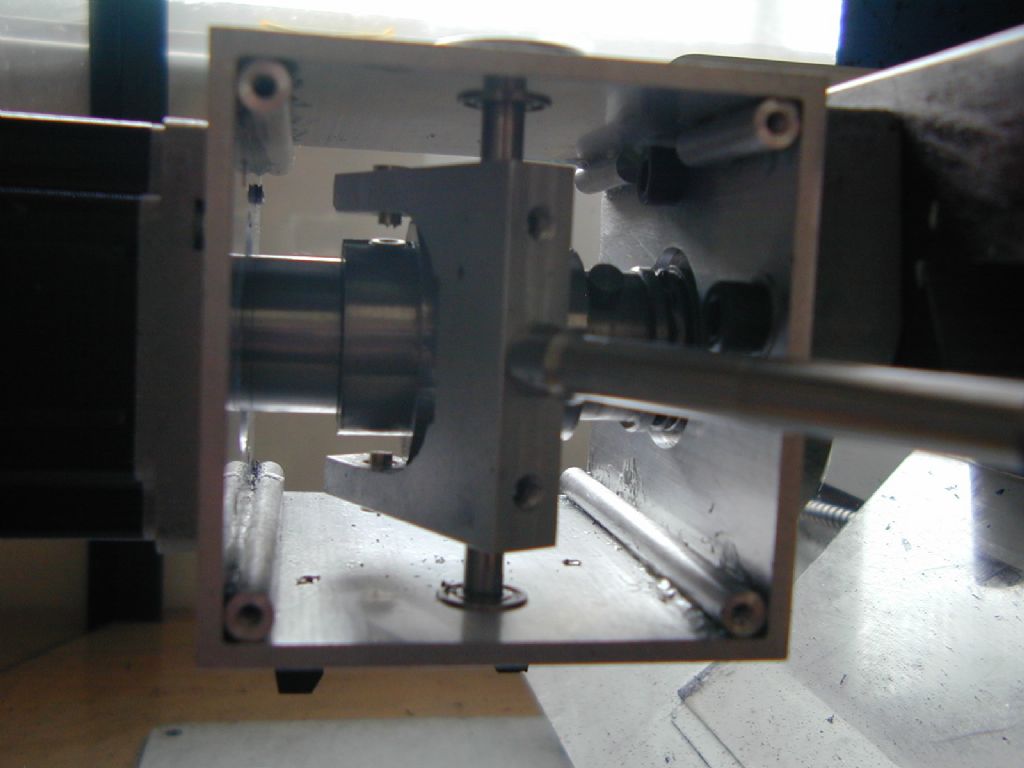Power Feed to Milling Machine Table
Power Feed to Milling Machine Table
- This topic has 56 replies, 25 voices, and was last updated 4 August 2016 at 18:53 by
Peter Tucker.
- Please log in to reply to this topic. Registering is free and easy using the links on the menu at the top of this page.
Latest Replies
Viewing 25 topics - 1 through 25 (of 25 total)
-
- Topic
- Voices
- Last Post
Viewing 25 topics - 1 through 25 (of 25 total)
Latest Issue
Newsletter Sign-up
Latest Replies
- Steam driven air pump for brakes
- The stand alone weight for tower clock
- NU tool milling machine
- Opposed Piston Engines
- Making Unimat DB/SL Steadies
- Model Engineer Magazine Collection
- Building Bernard Tekippe’s Precision Regulator
- Herbert B Drill Pulley and Lubrication
- 3 phase supply (again)
- Vickers Inverted Engine





